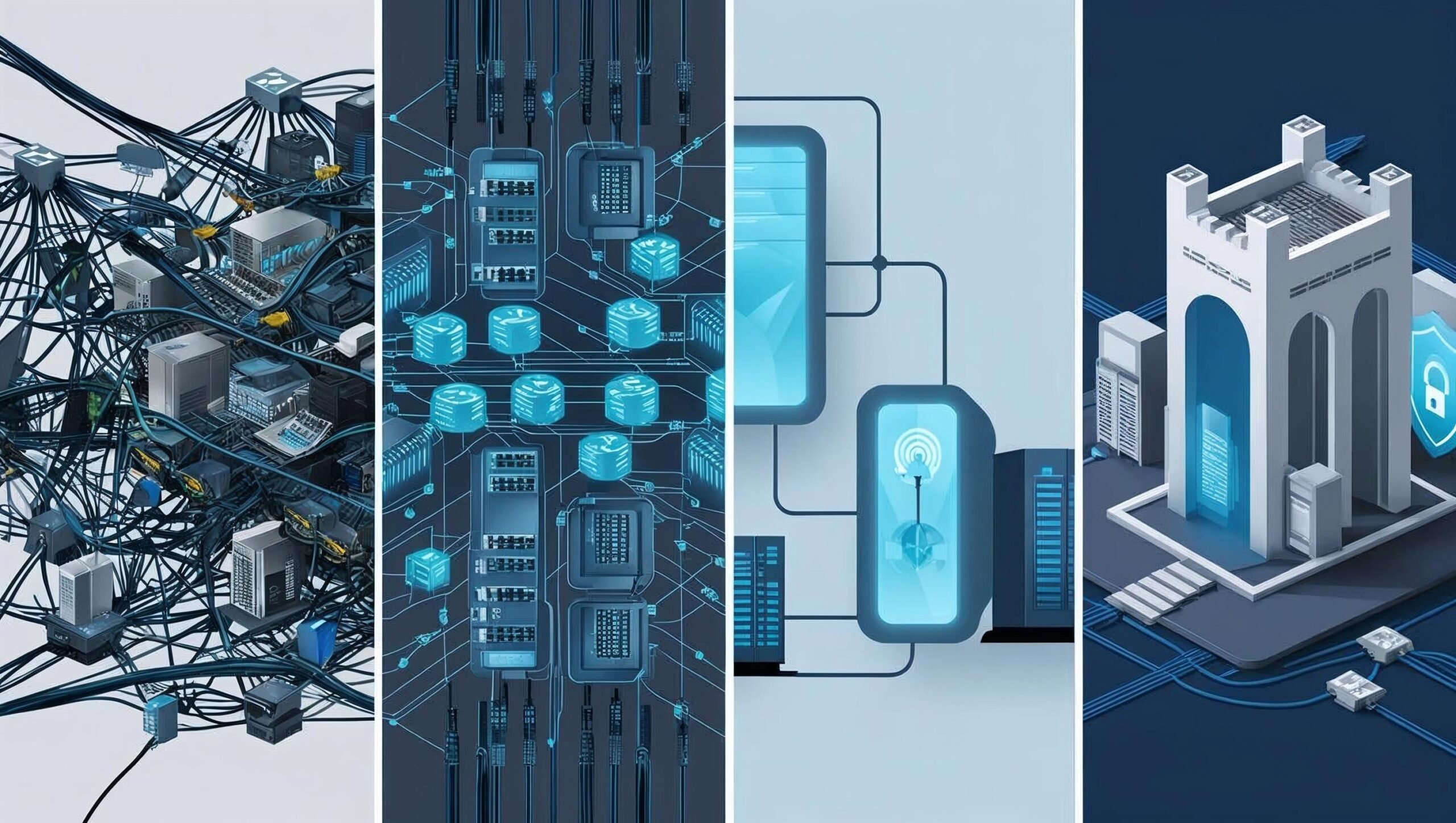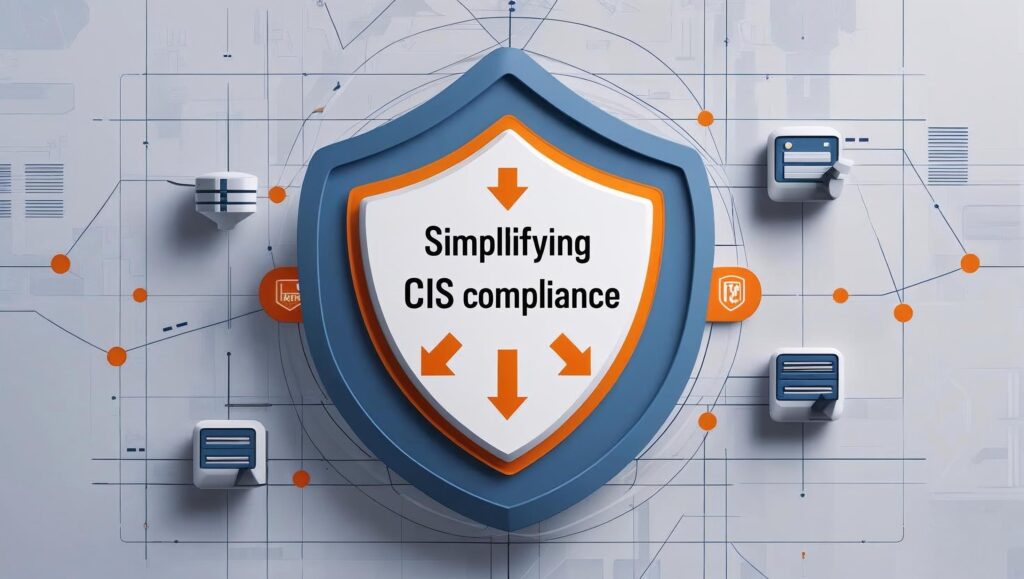Managing a Modern, Heterogeneous, Hybrid Network with Automation

It has been five years since businesses quickly turned to a distributed workforce supported by hybrid network environments that include physical and virtual devices from multiple vendors spanning cloud and on-premises infrastructure. Those who embraced these shifts successfully navigated the uncertainty, but the repercussions for network teams have been significant. Accelerated digital transformation, work-from-anywhere models, and the diversity of device types and device vendors create an increasingly complex network management challenge. And we’re continuing to add to that complexity with the rapid adoption of generative AI to drive efficiency at scale.
Modern networks create the perfect conditions for malicious activity and human error in configurations or other security tasks that can inadvertently lead to risk. The increasing adoption of cloud network environments and the countless network devices that create a broader attack surface for threat actors make it easier for vulnerabilities and attacks to go unnoticed. Threat actors also use AI in multiple different ways to accelerate access to an environment.
So, what’s the solution? More than 95% of network teams say scaling the business is impossible without automation. The time has come for network teams to use automation to make recurring processes more consistent and verifiable, increase speed and efficiency, and ultimately create a better security posture.
Why Alternative Solutions Aren’t Sufficient
Traditional and manual approaches to network management are no longer effective in making today’s hybrid, multi-vendor environments cyber resilient. These strategies proved to be costly, prone to error, and subject to employee turnover. Manual network management also can’t keep up with increasingly rigorous internal policies, external security standards and compliance requirements.
Solutions like BackBox offer a simple way to continuously improve network cyber resilience by providing centralized, automated security, compliance, and lifecycle management of all network devices. Firewalls, routers, switches, and load balancers currently make up the core of network devices in the enterprise today. Each one plays a critical role in the availability and security of an organization’s network. Network automation is designed to ensure they are configured and updated to strengthen security and support optimal performance.
With a network cyber resilience platform and pre-built automations to keep all the devices on the network operational and secure, many of the routine management procedures become scheduled and automated, providing organizations with peace of mind while saving time, money, and resources.
The Must Haves of Network Automation
To empower existing teams to do more and gain control of network complexity, organizations should look to network automation to meet a few key criteria regardless of their environment:
- Backup, Recovery, and Verification: Organizations should look for solutions that can automate backups of all the devices on the network, schedule and store any number of configuration backups for as long as needed, automatically verify backup processes, and provide exception-driven alerts. BackBox provides hassle-free, automated backup, including seamless disaster recovery procedures and automatic verification and notifications.
- Task Automation: Standardizing processes with task automation is necessary for network security and reliability. This is a requirement that becomes especially critical at scale. Whether a task is as simple as adding or removing an administrator from devices or as elaborate as performing complex automated upgrades or hotfixes to multiple devices, it should be easy to complete with the single click of a mouse. BackBox offers a set of prebuilt automations for a trusted way to complete simple tasks to more complex ones across multiple devices. Teams can modify our prebuilt automations to align with their processes without having to be coding experts.
- Automated Lifecycle Management: Because a network automation tool routinely audits configurations and settings across the network, it can provide a level of device inventory, onboarding, and source of truth that is much more than just a snapshot of assets that make up the network, enabling robust, flexible asset management. The BackBox platform supports a granular, real-time understanding of the lifecycle of network and security devices, including the manufacturer, type, model number, firmware, and software version, and end-of-life information across multivendor environments.
- Compliance, Remediation, and Resilience: Optimal network performance relies on getting ahead of, withstanding, and quickly recovering from disruptions. BackBox enables preemptive device checks to verify compliance with policies and regulations, intelligently prioritize vulnerability patches, and automatically remediate issues before they affect the network. Any measurable data taken during these checks can be collected and used for troubleshooting, compliance, and reporting. This streamlines ongoing device management needs such as updates, upgrades, replacements, and routine configuration changes to remediate drift.
Complex networks are our new reality. By leveraging BackBox pre-built automations and a no-code way to customize or build new ones, network teams can ensure networks continue to run without disruption and maintain a better security posture.
Want to see how BackBox is simplifying network automation for over 500 enterprises worldwide so they can improve their network cyber resilience? Schedule a 30-minute demo for an interactive tour of the BackBox platform.



